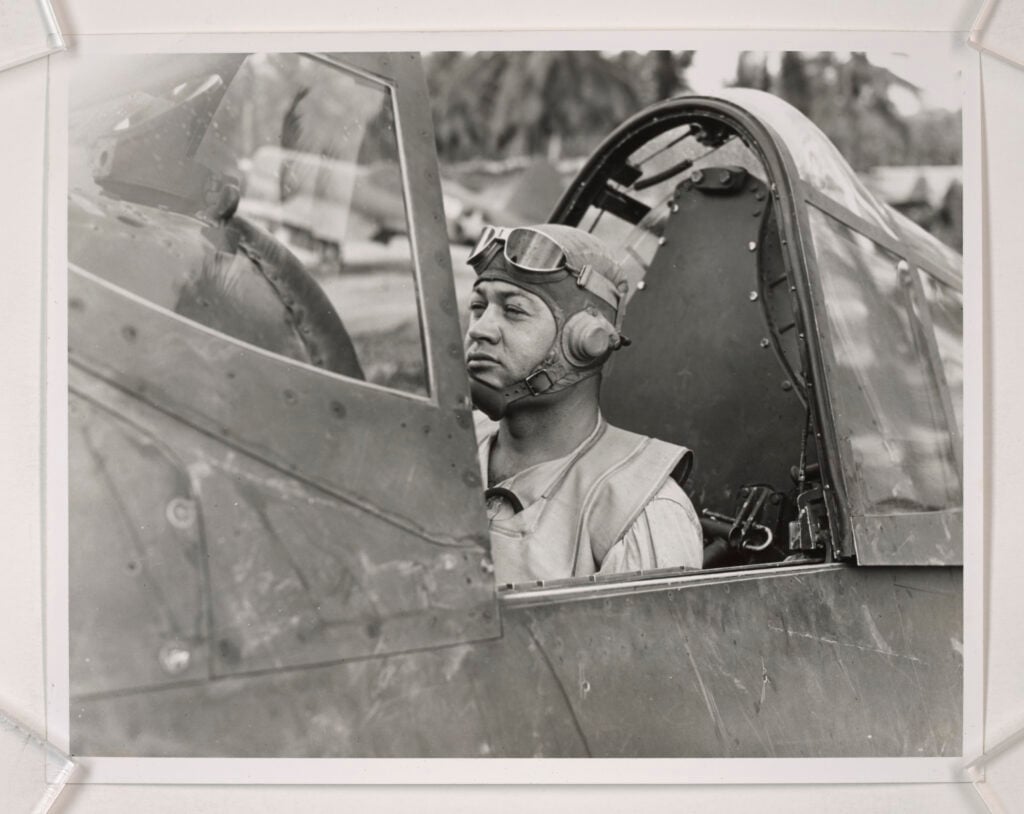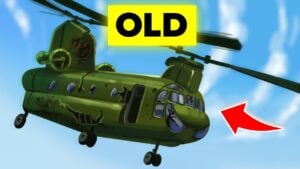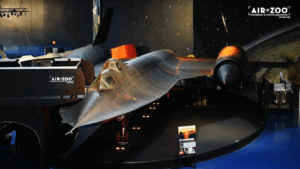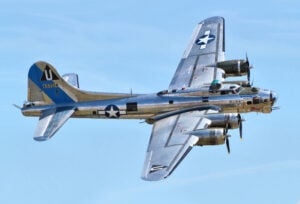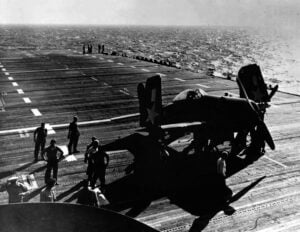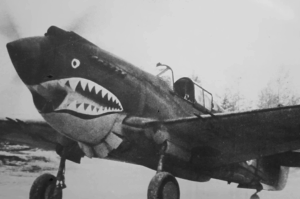The Marine Pilot They Called Useless and Unemployable That Went on to Shoot Down 26 Enemy Planes
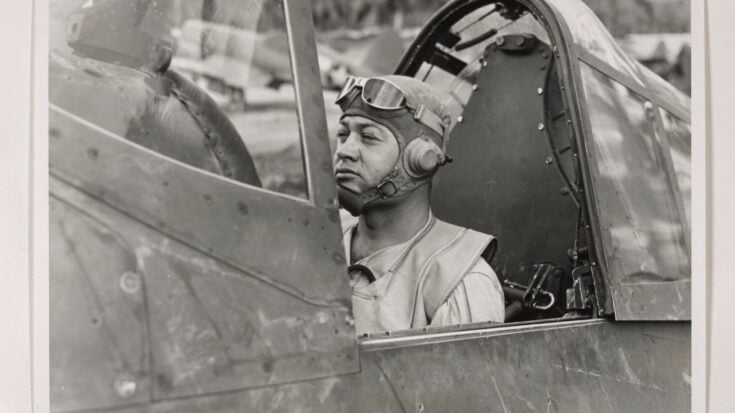
U.S. Department of Defense photo, Public domain, via Wikimedia Commons
The story of Gregory “Pappy” Boyington shows that heroism does not always follow rules or expectation. Known as a troublemaker, a heavy drinker, and a difficult man, Boyington became one of the most famous Marine Corps pilots of World War II. By the time he led the Black Sheep Squadron in the Pacific, he had transformed from a rejected officer into a fighter ace whose skill and daring changed the course of aerial battles.
Early Struggles and Flying Tigers
Before America entered the war, Boyington was already in combat, flying with the Flying Tigers in China. He proved himself as a skilled pilot, but his personal behavior caused problems. He drank heavily, fought with superiors, and ran into financial trouble. By 1942, after leaving the Flying Tigers under a cloud of controversy, Boyington returned home in debt and with a reputation as unreliable. At age 30, he was considered too old to compete with younger fighter pilots, earning nicknames like “Gramps” and “Pappy.”
The Marine Corps recognized his talent but feared his behavior. For months he remained grounded, assigned to menial tasks while younger pilots went into combat. But the brutal realities of the Pacific War forced the Corps to reconsider. The Solomon Islands campaign was depleting pilots faster than replacements could arrive, creating a chance for unusual leadership.

The Birth of the Black Sheep
In 1943, Boyington was offered a challenge: lead a group of replacement pilots on Espiritu Santo, a collection of unassigned, inexperienced, or troubled men. He accepted and formed VMF-214, the Black Sheep Squadron. Boyington was honest with his pilots. He did not preach honor or discipline; he promised to lead in combat while admitting his own flaws. He expected loyalty in the air but left his men free to live as they chose on the ground. This unusual approach created a bond between him and the squadron, turning misfits into a cohesive fighting unit.
Their aircraft was the Vought F4U Corsair, a powerful but unforgiving plane nicknamed “Whistling Death.” Its long nose and heavy torque made it difficult for inexperienced pilots to manage, yet Boyington embraced it. He taught the squadron practical techniques, emphasizing speed, dive tactics, and aggressive engagement rather than textbook maneuvers. He prepared them to survive encounters with Japanese fighters who relied on maneuverability and speed, knowing that clever use of the aircraft’s strengths could turn the tide of battle.
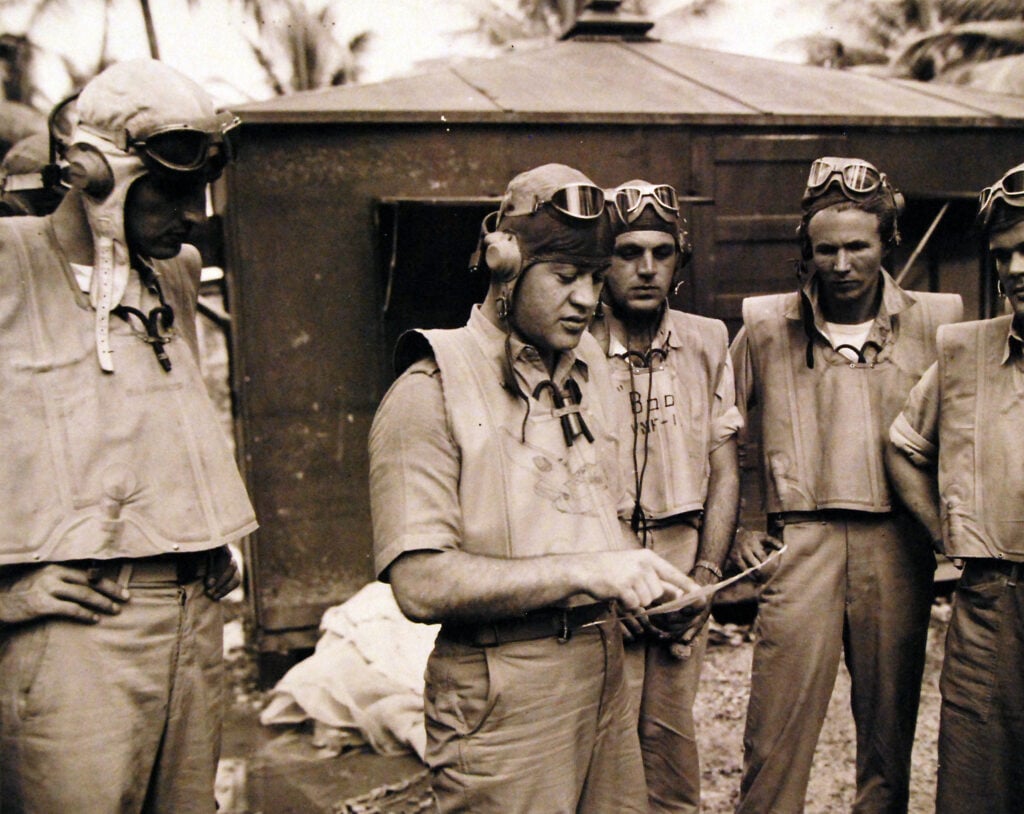
Dominance in Combat
The Black Sheep’s operations began in September 1943 in “The Slot,” the narrow corridor of ocean between the Solomon Islands. Boyington even used psychological tactics, breaking radio silence to taunt enemy pilots. This approach drew Japanese aircraft into the squadron’s path, where experience and discipline proved decisive. In their first major campaign, VMF-214 shot down 94 enemy planes in just 12 weeks, a record for such a small squadron.
Boyington himself quickly became a top scorer. He led from the front, achieving kills consistently, and by January 1944 had 25 confirmed victories. He aimed to tie the record of 26 held by Eddie Rickenbacker. Flying under exhaustion and frequent hangovers, he pushed his limits, understanding the risks but focused on achieving history. His leadership and skill inspired his pilots, creating a squadron respected and feared by enemies.
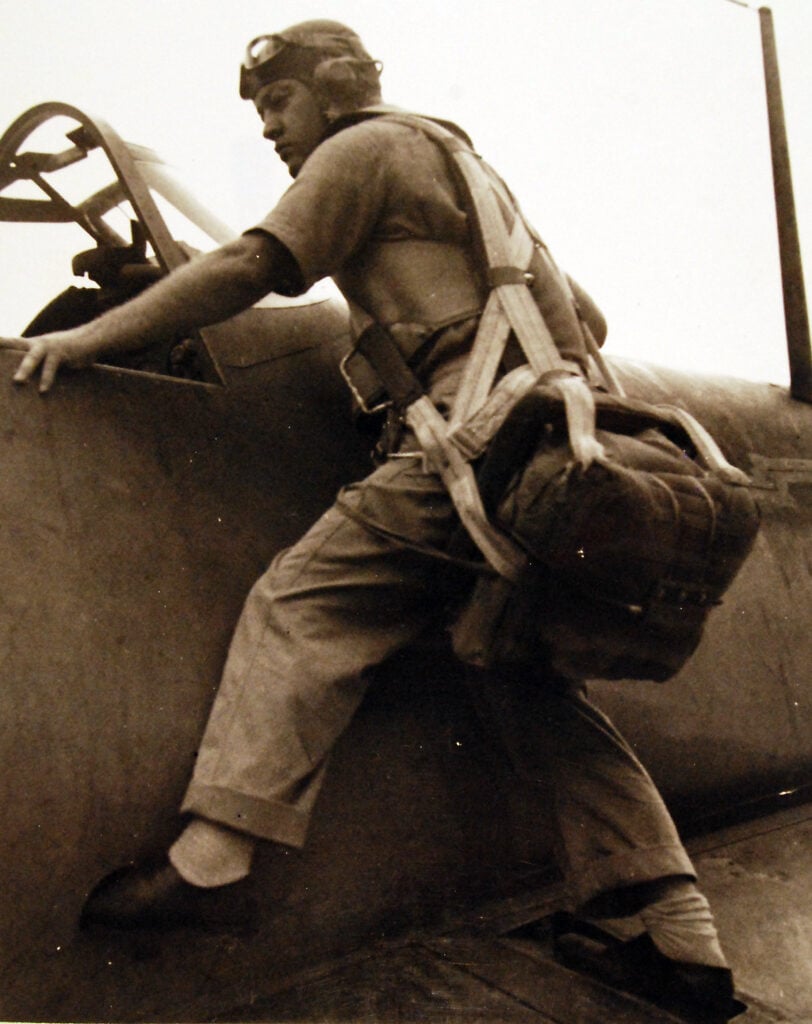
Capture and Survival
On January 3, 1944, Boyington finally tied the record during a fighter sweep over Rabaul. In the heat of combat, he flew too low and was attacked by multiple enemy fighters. His Corsair was destroyed, and he was forced to bail out into the Pacific. Alone and injured, he was captured by a Japanese submarine and imprisoned at Ofuna, a secret camp. For 20 months, he endured harsh treatment, separated from planes, whiskey, and recognition. Meanwhile, his squadron continued to fight without him, maintaining the reputation of the Black Sheep.
When the war ended in 1945, Boyington emerged from captivity thin and weak but alive. His posthumous Medal of Honor was adjusted, officially recognizing his service. By then, he had become the top Marine ace with 28 confirmed victories, proving that personal flaws did not prevent remarkable achievements. Despite later struggles in civilian life, his leadership and combat record remained an enduring example of resilience and skill in the skies over the Pacific.
